Weed ID? *********
diggerdee zone 6 CT
2 years ago
Featured Answer
Sort by:Oldest
Comments (30)
linaria_gw
2 years agoperen.all Zone 5a Ontario Canada
2 years agoRelated Discussions
mushroom ID, and terrarium weed ID?
Comments (1)Here's the fern-like volunteer, as described above....See MorePlant/Weed ID (on weeds forum)
Comments (5)There are many species of Epilobium, some of which have had name changes, like the fireweed. Some are native, some are introduced weeds. There's only one fireweed though, by whatever name. Watson's willowherb is a common garden weed, I think it's Epilobium ciliatum now, used to be Epilobium watsonii. Dry or damp, sun or shade, tall and rank or short and sparse. Seeds, no runners. The one in your garden is probably the Watson's although you may also have others like Epilobium minutum in dry spots. I'm sure bboy is much more knowledgeable about the various species than I am, I usually do well enough just going by 'Epilobium species'. What you have in the photos on the Weeds forum sure look like Watson's willowherb gone to seed. They've done really well this year with the cool damp spring. But the photos do need to be larger to really see. I'm just guessing from the silhouette....See MoreWeed ID--weed or aster?
Comments (11)Did a post disappear? I thought there was an earlier post about mugwort. Jay, thank you for the comment that some asters are weedy. That aspect was confusing for me. I tend to think of natives as fighting against invasives or aggressives. This aster is in my shade and in my sun. I have one "trash" bed that welcomes all plants that can handle it. Other than taking care of the horrible ivy, standard grass weeds, and occassional goutweed that pops up, I'm assuming from hidden roots and/or birds from a widowed neighbor who has a smorgasbord of goutweed throughout his whole yard, everything is welcome. Glad to see calico making strides there. I should be able to let it flower and then before seeds ripen either pull up unwanted ones or deadhead to control spread in some areas....See MoreWeed ID, please.
Comments (3)^^^ And I'm thinking he's right!! 😊...See Morefloral_uk z.8/9 SW UK
2 years agolast modified: 2 years agodiggerdee zone 6 CT
2 years agokatob Z6ish, NE Pa
2 years agodiggerdee zone 6 CT
2 years agofloral_uk z.8/9 SW UK
2 years agodiggerdee zone 6 CT
2 years agodeanna in ME Barely zone 6a, more like 5b
2 years agocorunum z6 CT
2 years agolast modified: 2 years agoNHBabs z4b-5a NH
2 years agodiggerdee zone 6 CT
2 years agoNHBabs z4b-5a NH
2 years agoJay 6a Chicago
2 years agolast modified: 2 years agodeanna in ME Barely zone 6a, more like 5b
2 years agoNHBabs z4b-5a NH
2 years agoJay 6a Chicago
2 years agodiggerdee zone 6 CT
2 years agoJay 6a Chicago
2 years agolast modified: 2 years agoNHBabs z4b-5a NH
2 years agosw_gardener
2 years agodiggerdee zone 6 CT
2 years agosw_gardener
2 years agoJay 6a Chicago
2 years agolast modified: 2 years agodiggerdee zone 6 CT
2 years agodiggerdee zone 6 CT
2 years agosw_gardener
2 years agogdinieontarioz5
2 years agodiggerdee zone 6 CT
2 years ago
Related Stories
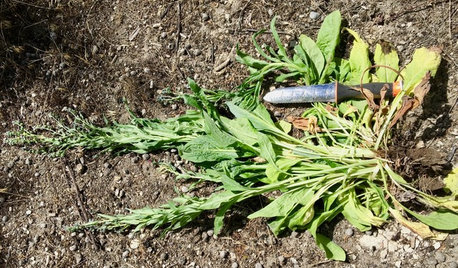
GARDENING GUIDESZen Weeding: The Smart Way to Weed Your Garden
Be mindful about keeping weeds from taking hold in your yard by knowing when and how to get rid of each type
Full Story
GARDENING GUIDES5 Weed-Smothering Ground Covers
Let these landscape plants do the dirty work of choking out weeds while you sit back and enjoy the view
Full Story
EDIBLE GARDENSNatural Ways to Get Rid of Weeds in Your Garden
Use these techniques to help prevent the spread of weeds and to learn about your soil
Full Story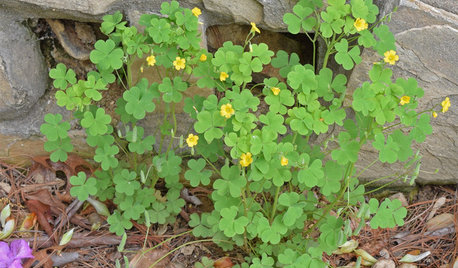
GARDENING GUIDESWhat Your Weeds May Be Trying to Tell You
An invasion of weeds can reveal something about your soil. Here’s what is going on and what to do about it
Full Story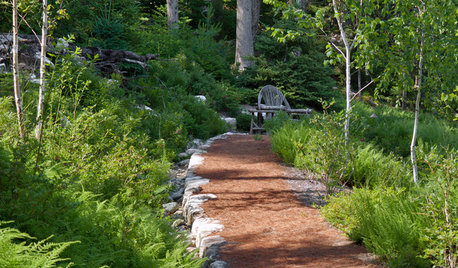
GARDENING GUIDES5 Things to Know About Weeding and Mulching Your Native Garden
What’s the best time to pull weeds? How thick should the mulch be? Here’s the scoop for a healthy landscape
Full Story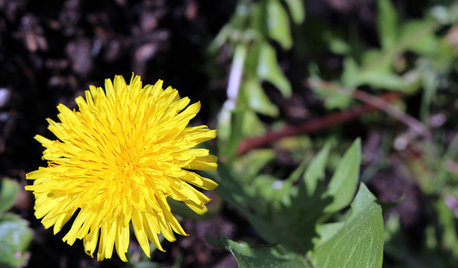
GARDENING GUIDESWhy Your Garden Might Be Full of Weeds
Tired of battling unwanted plants? These surprising reasons for weediness point the way to cures
Full Story
HOUZZ TOURSHouzz Tour: From Overgrown Weeds to Picturesque Farmhouse Expanse
This once-neglected 100-acre South Carolina site now features a lake, a wood-filled farmhouse and a far-reaching view
Full Story
GARDENING GUIDES5 Ways to Naturally Win the Weed War
Show irksome weeds no mercy with these tricks for combating them sans chemicals
Full Story
GARDENING FOR BUTTERFLIES3 Ways Native Plants Make Gardening So Much Better
You probably know about the lower maintenance. But native plants' other benefits go far beyond a little less watering and weeding
Full Story
GARDENING GUIDESGreat Design Plant: Milkweed
Quit cringing. This not-weed plant is a sight to behold in the garden, has a delicious vanilla scent and is a magnet for butterflies
Full Story


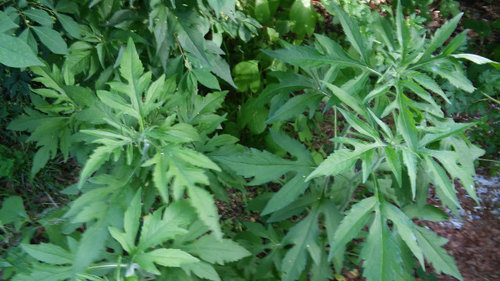
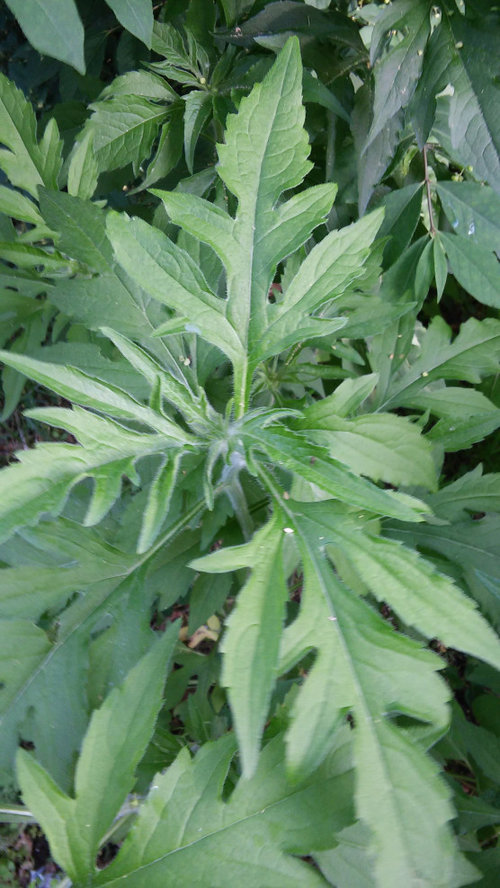
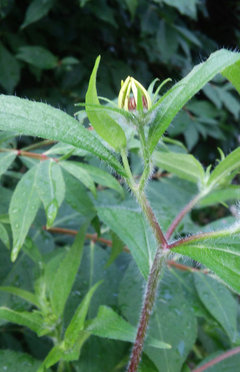
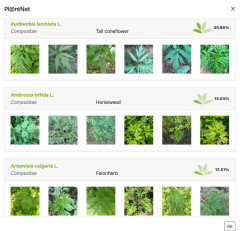
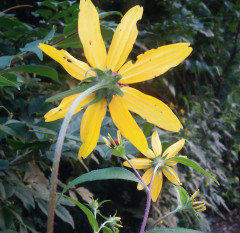
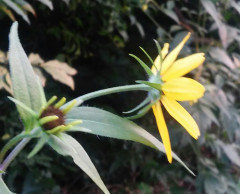
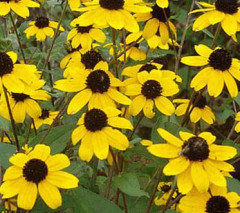
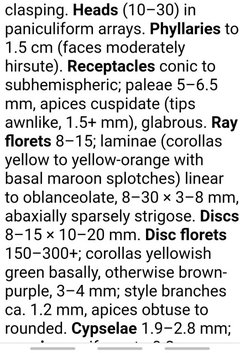
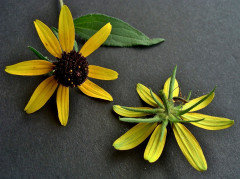
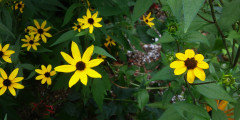
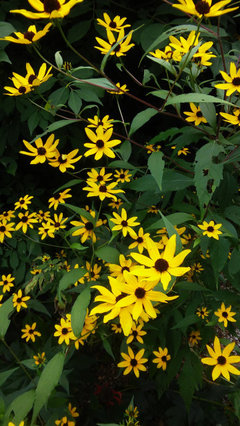

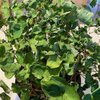
diggerdee zone 6 CTOriginal Author